http://www.wildbirdseeds.co.uk/lincs/index.php/whats-that-bird-mainmenu-7/28-great-spotted-woodpecker#sigProId86937305db
Identification
Its trunk-clinging habits, characteristic shape and black and white plumage eliminate all other British birds except Lesser Spotted Woodpecker. Apart from being much bigger, the Great Spotted is easily told by the big white patches on its shoulders, as well as the red under-tail coverts. Juveniles have red along the crown, the male has a red spot on the nape but the female has no red on her head at all. The white shoulder patches show up clearly in flight which is characteristically bounding. Separating them from other woodpeckers is harder but they are intermediate in size and structure between the White-backed and Middle Spotted Woodpeckers, both of which have streaked underparts. Additionally, Great Spotteds have more black in the face than Middle Spotted and their big white shoulder splodge separates them from White-backed. However, they are almost identical to Syrian Woodpeckers except for the dark line which connects the black moustache to the nape; this is lacking in a Syrian Woodpecker.
Habitat
Breeds and winters in deciduous and coniferous woodland.
Behaviour
Most of the woodpeckers advertise their territories by hammering on dead wood to produce the characteristic 'drumming' noises. Some Great Spotted Woodpeckers have discovered they can make even more noise by hammering on the metal plates on the tops of telegraph poles.
Migration
A resident bird, particularly those to the south.
For more details click here
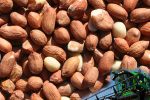

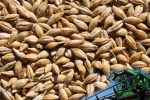
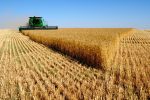
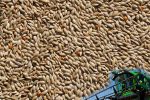

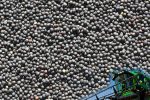


 What you feed is very important, there is a huge range of products you can feed
What you feed is very important, there is a huge range of products you can feed